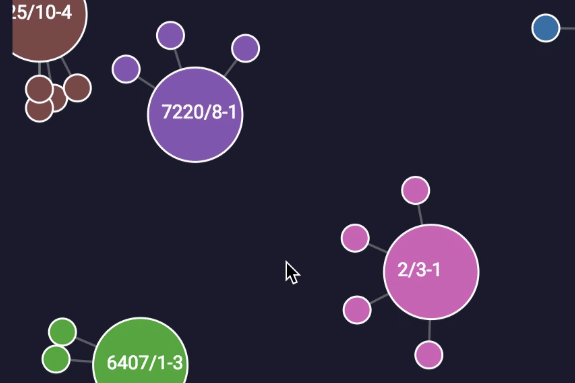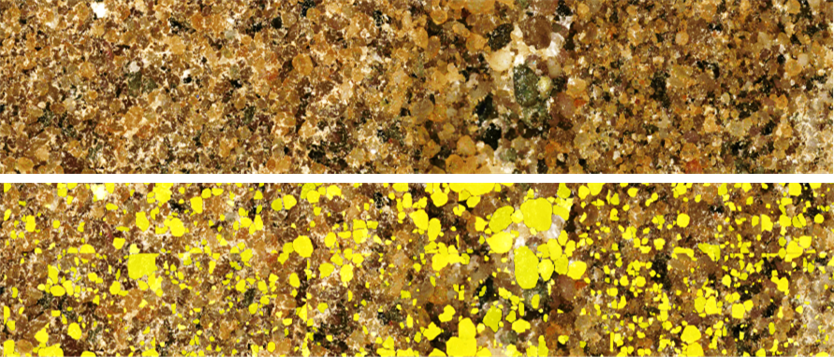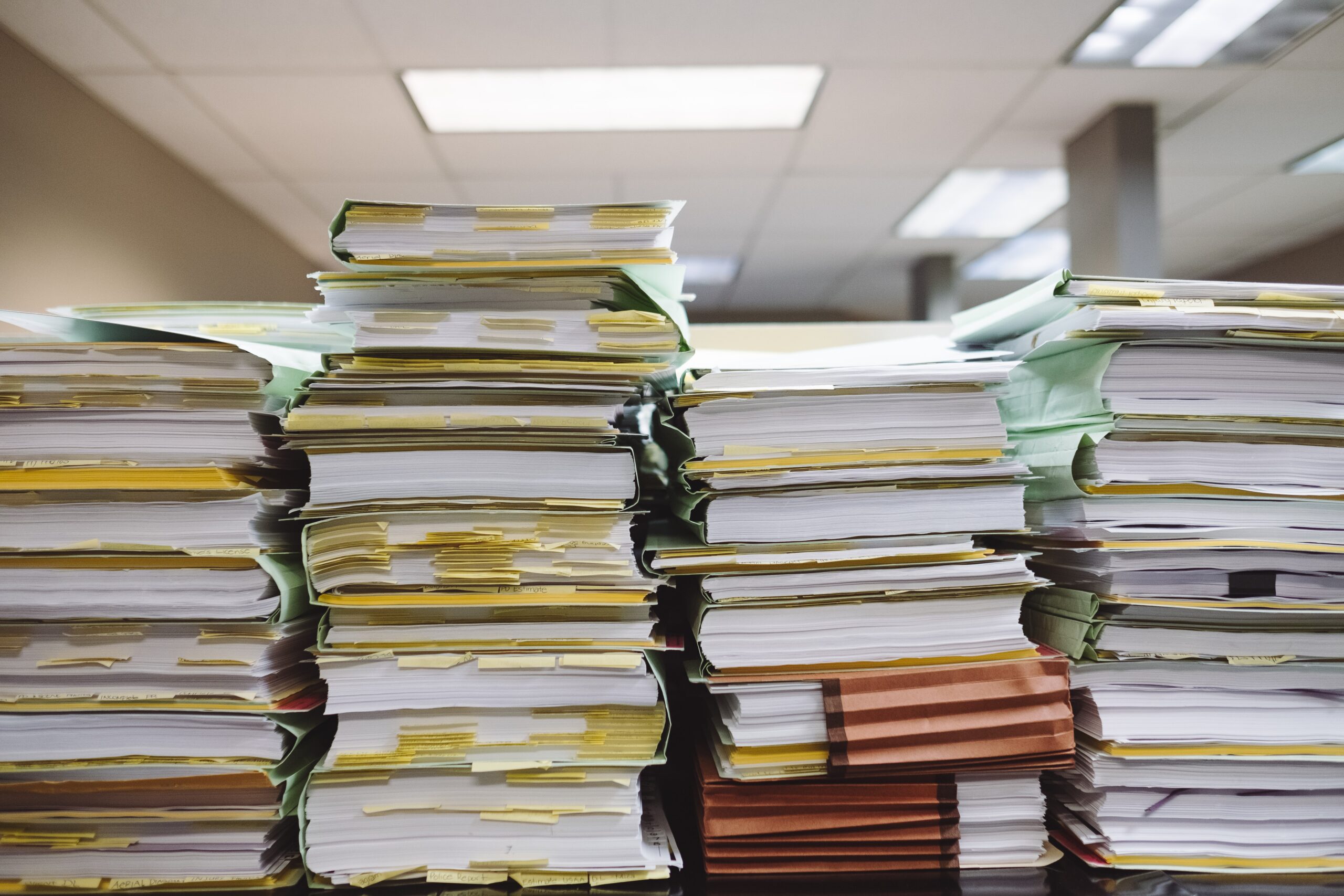At #DIGEX2019, the conference for the digital subsurface, which kicks off in Oslo tomorrow (!), Magnus Tvedt, CEO for ProWellPlan will tell the audience more about how to deploy a machine learning powered well planning workflow.
Planning a well for safer and faster operations requires complex and experience-based decision making. The challenge of well planning lies in the limited amount of offset well data, which often are spread across different domains.
Recent advancements in machine learning algorithms to gather and analyse large amount of datasets with higher dimensions/variables quickly and effectively has aided the process of offset well planning. Tvedt states that thanks to the power of these algorithms along with the use of publicly available data from national data repositories, digital tools like ProWellPlans’s Well Planning Software increases the overall quality of the offset well planning.
He will show a case study with 1800 wells on the Norwegian Continental Shelf (NCS) from the North Sea, the Norwegian Sea and the Barents Sea. The study focuses on finding the clusters/ distance of similarity within the wells based on lithostratigraphy and well path data. Unsupervised machine learning techniques were used for this study. The results increase the horizon of offset well planning by incorporating not just the nearby wells but all the wells from the internal database. Another benefit is the time that can be saved by providing automated answers to the user.





